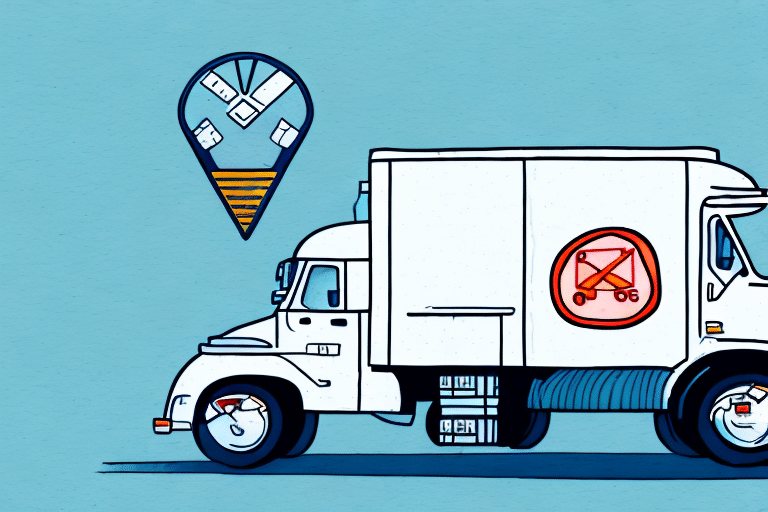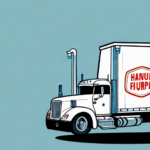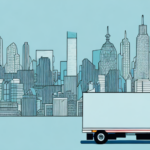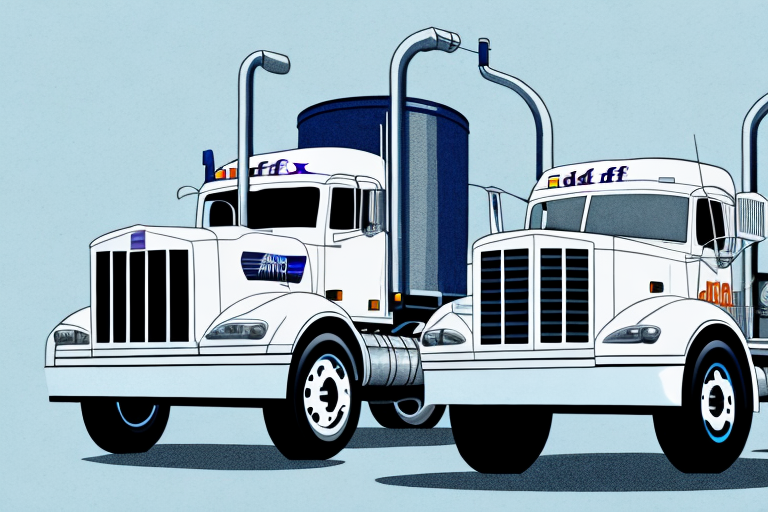Understanding the Challenges of Last Mile Delivery
Last mile delivery remains one of the most complex and costly components of the supply chain. According to a study by Deloitte, last mile delivery can account for up to 53% of total shipping costs. The primary challenges include:
- Unpredictable Demand: Fluctuations in order volumes, especially during peak seasons like holidays, can overwhelm delivery systems.
- Urban Congestion: Navigating through busy city streets leads to delays and increased fuel consumption.
- Rural Terrain: Delivering to remote areas often involves longer distances and logistical hurdles.
- Real-Time Tracking Needs: Customers demand up-to-the-minute updates on their deliveries, requiring robust tracking systems.
- Environmental Concerns: The push for sustainable delivery methods adds pressure to reduce carbon emissions and traffic congestion.
Technological Innovations Revolutionizing Last Mile Delivery
Advancements in technology are transforming last mile delivery, making it more efficient and reliable. Key innovations include:
CDL Tracking Solutions
CDL tracking solutions utilize GPS technology and advanced analytics to monitor delivery vehicles in real-time. This allows businesses to optimize routes, monitor driver behavior, and ensure the safe transport of goods.
Autonomous Vehicles and Drones
Companies are increasingly experimenting with autonomous delivery vehicles and drones to reduce delivery times and costs. According to a report by McKinsey, drone deliveries could reduce last mile delivery costs by up to 70% in certain scenarios.
Artificial Intelligence and Machine Learning
AI and machine learning algorithms analyze vast amounts of data to predict demand, optimize routing, and enhance overall delivery efficiency.
The Benefits of CDL Tracking Solutions
Implementing CDL tracking solutions offers numerous advantages for businesses:
- Enhanced Visibility: Real-time tracking provides comprehensive oversight of the delivery process, from dispatch to final delivery.
- Improved Customer Service: Customers receive accurate delivery updates, increasing satisfaction and trust.
- Cost Reduction: Optimized routing and reduced idle times lead to significant savings on fuel and vehicle maintenance.
- Increased Accountability: Monitoring driver behavior ensures adherence to safety protocols and reduces liability.
Implementing CDL Tracking Solutions
Successful integration of CDL tracking solutions requires a strategic approach:
Assessing Business Needs
Identify the specific areas where CDL tracking can add value, such as route optimization or driver performance monitoring.
Choosing the Right Provider
Select a CDL tracking provider that offers customizable features, reliable customer support, and a proven track record in the industry.
Training and Deployment
Ensure that all stakeholders are adequately trained to use the new system and that the implementation process minimizes disruptions to daily operations.
Monitoring and Evaluation
Continuously monitor key performance indicators (KPIs) such as fuel usage, delivery times, and customer satisfaction to evaluate the effectiveness of the CDL tracking solution.
Cost Savings and ROI of CDL Tracking Solutions
Investing in CDL tracking solutions can yield substantial returns:
- Fuel Efficiency: Optimized routes lead to lower fuel consumption, directly reducing operating costs.
- Reduced Delivery Times: Faster deliveries enhance customer satisfaction and increase repeat business.
- Lower Maintenance Costs: Preventative monitoring ensures timely vehicle maintenance, extending the lifespan of delivery vehicles.
- Minimized Lost Deliveries: Real-time tracking helps prevent lost or misrouted packages, reducing the costs associated with re-deliveries.
According to a Forbes report, companies can see an ROI of up to 300% within the first year of implementing a CDL tracking system.
Future Trends in Last Mile Delivery
The landscape of last mile delivery is continuously evolving. Emerging trends that are set to shape the future include:
- Autonomous Delivery Vehicles: Self-driving trucks and vans are expected to become more prevalent, further reducing delivery times and costs.
- Drone Deliveries: As regulatory barriers decrease, drone deliveries will become a more common and efficient method for small parcel deliveries.
- Green Delivery Solutions: The adoption of electric vehicles and sustainable delivery practices will increase in response to environmental concerns.
- Hyper-Local Warehousing: Establishing micro-fulfillment centers in urban areas can significantly cut down delivery distances and times.
- Integration of AI and IoT: Enhanced data analytics and interconnected devices will provide deeper insights and greater control over the delivery process.
Staying ahead of these trends will enable businesses to maintain a competitive edge and meet the evolving demands of consumers.
Conclusion
CDL tracking solutions are pivotal in overcoming the inherent challenges of last mile delivery. By leveraging advanced technologies, businesses can enhance operational efficiency, reduce costs, and significantly improve customer satisfaction. As the delivery landscape continues to evolve with innovations like autonomous vehicles and drone deliveries, integrating robust CDL tracking systems will be essential for sustaining growth and achieving long-term success in the competitive supply chain industry.




















